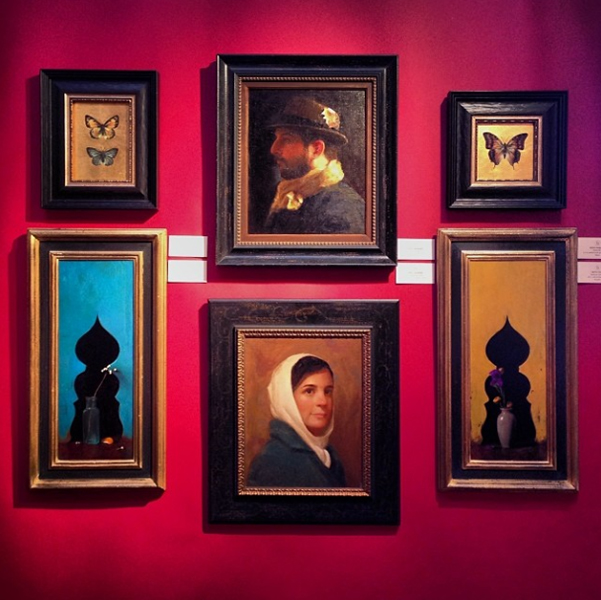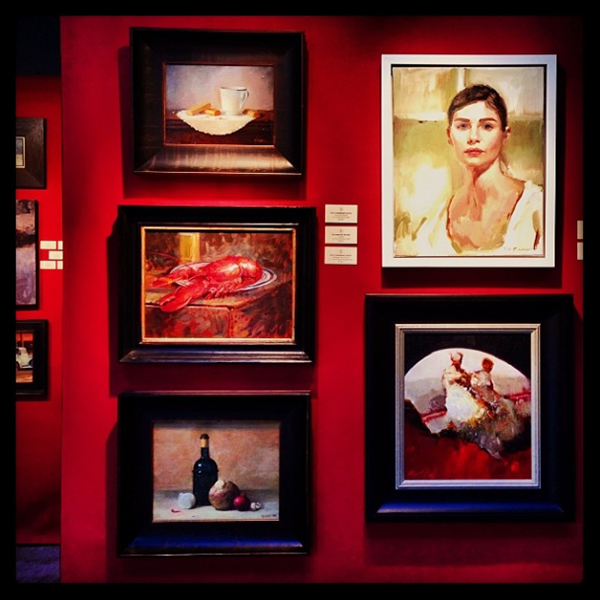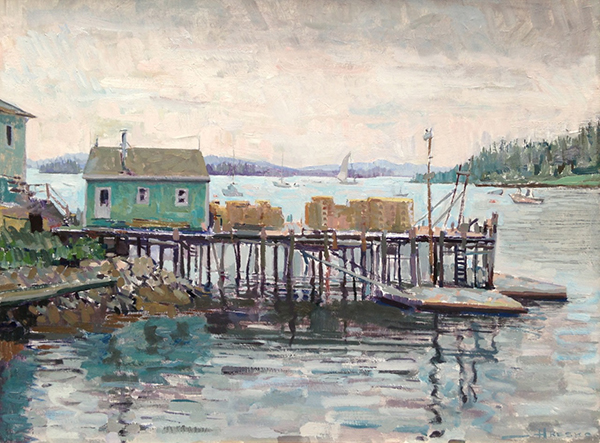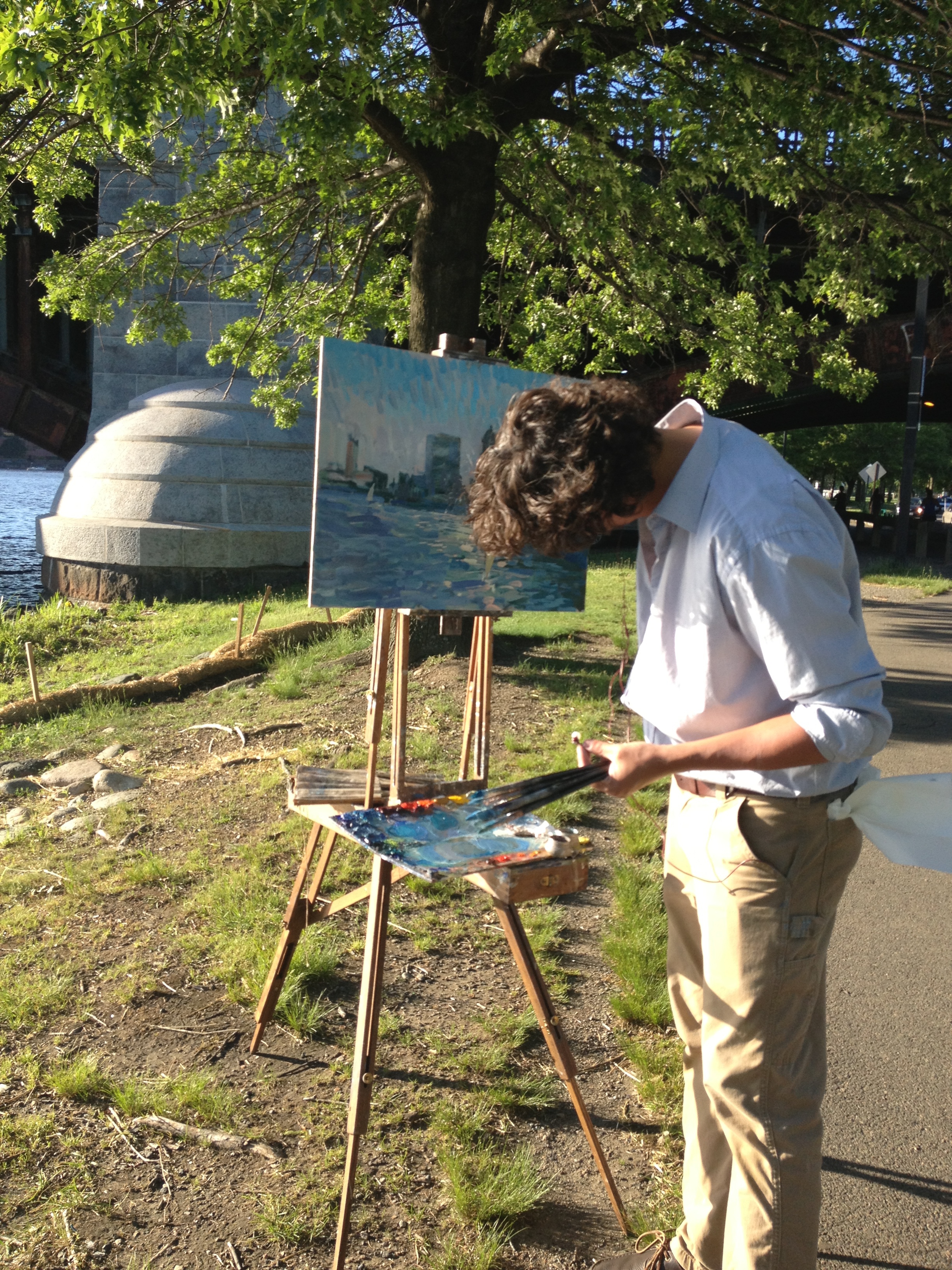Boston-based artist Nick Ward, who's piece 'Suburban Dream' was a part of our April Back to Back Exhibition, recently took the time to chat with us about his painting style and what motivates him!
What do you like to paint? I like to paint people -- because I like people. I love to study people in their daily routines.
When did you start painting? Not that long ago actually. I've been a professional artist for about 5 years now.
On average how long does it take for you to complete a large composition? Does the time vary depending on the size of the painting? It takes me months to complete a single piece. I normally work with larger paintings -- around 4' x 5' each or larger. With really large works I use small brushes, which takes longer, but gives me the detail I am looking for. Small pieces, however, if I really focus I can finish within a week.
Why do you use a small brush on large scale paintings? Small brushes enable me to pay close attention to the small details in the human body. In reality, people aren't perfectly smooth -- everyone's body has various textures and skin tone variations. The small brush allows for a more realistic depiction. Each brushstroke produces a new breadth of color and texture.
What type of environment do you like to work in? I always work with music. Depending on what music is playing effects how the painting goes. Certain songs motivate the scene. If you want something refined, put something mellow on. I always paint in the studio, isolated from distractions and prying eyes.



















































